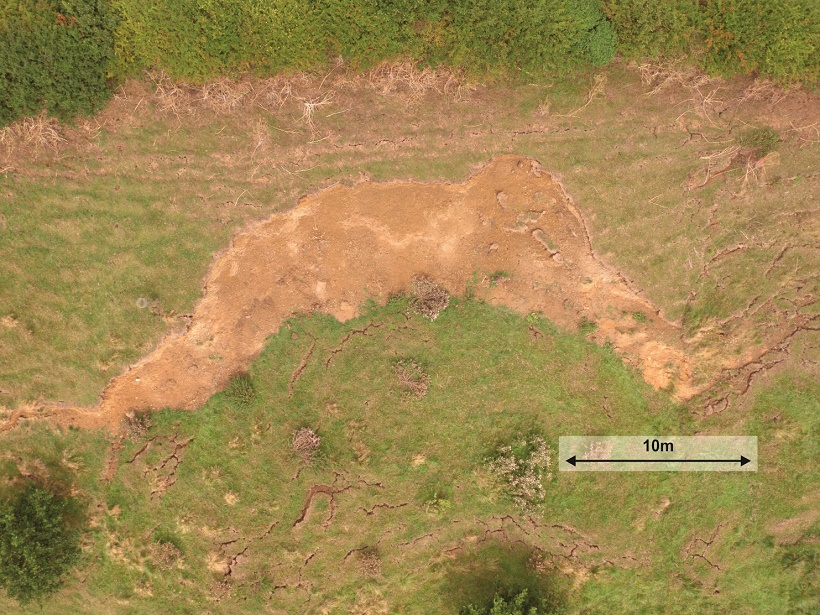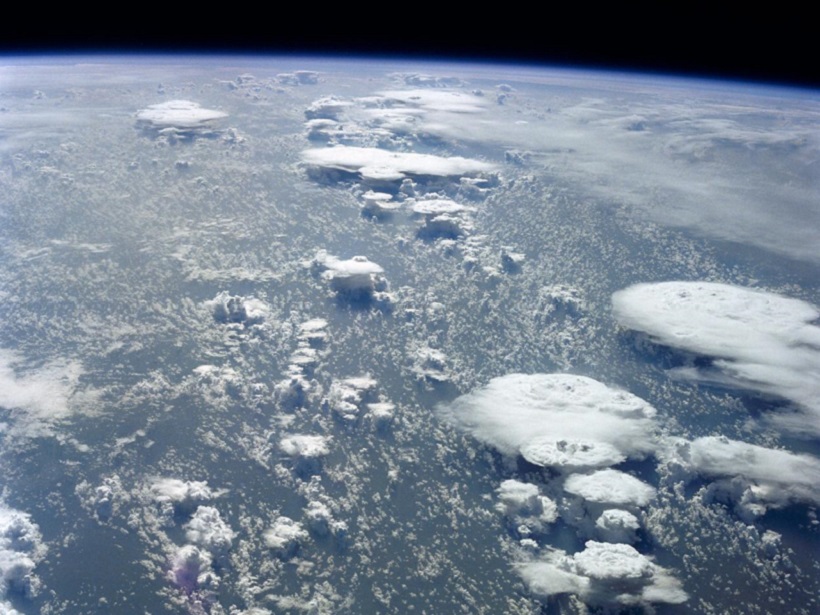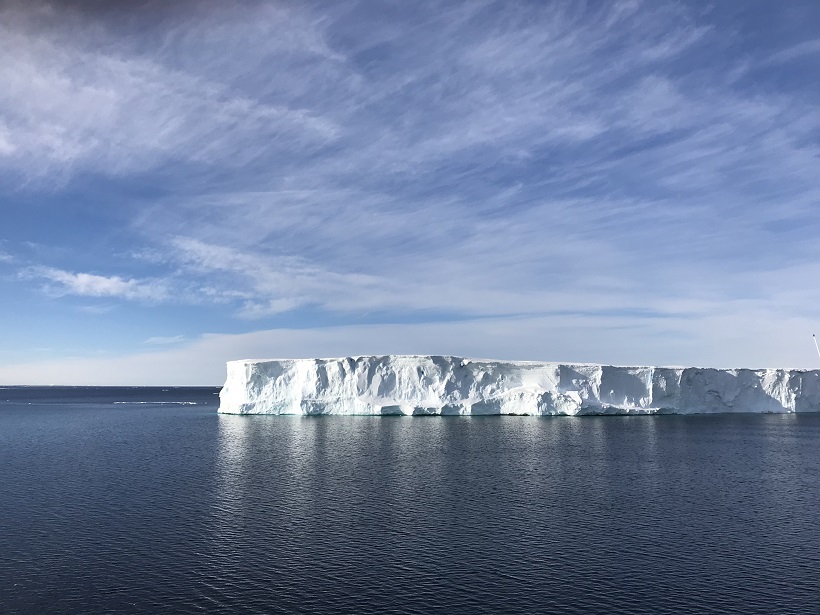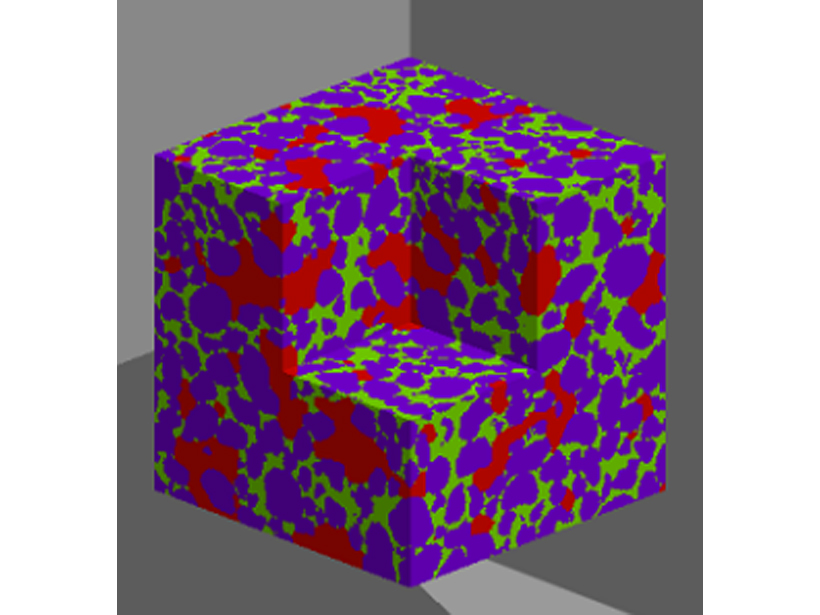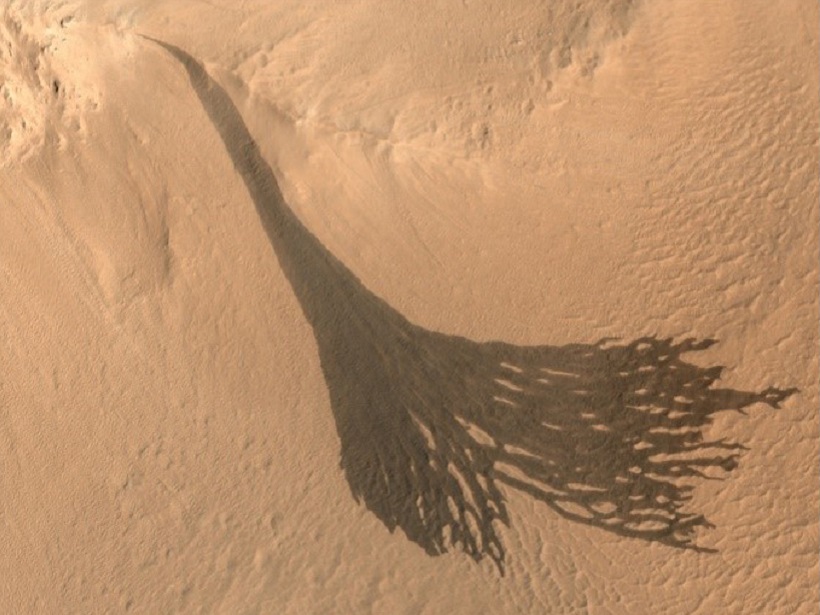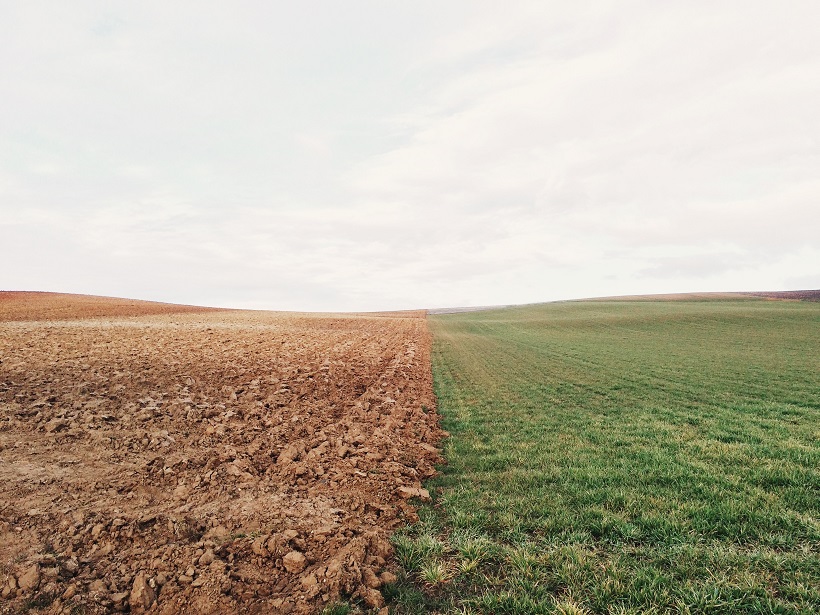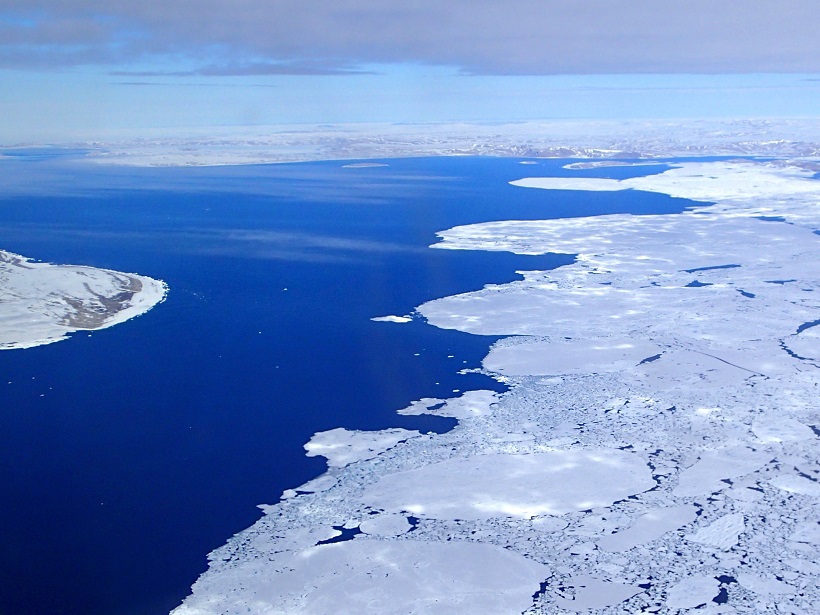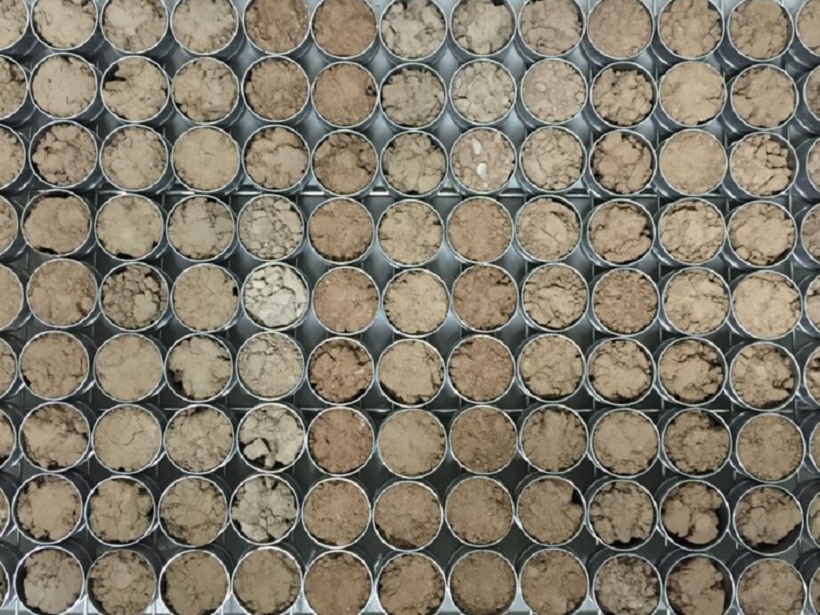AGU Chapman Conference on Hydrologic Research in the Congo Basin; Washington, D.C., 25–27 September 2018
Reviews of Geophysics
Downhill All The Way: Monitoring Landslides Using Geophysics
Developments in geophysical methods used to monitor surface and subsurface changes prior to landslides can lead to improved prediction and early warning.
Global Impacts of ENSO Reach into the Stratosphere
El Niño events have significant global impacts on weather and climate, but these reach up into the stratosphere, beyond the troposphere where most of Earth’s weather takes place.
The Ocean’s Gateway to Antarctica
Advances in observations and modeling are providing new insights into the dynamic Antarctic Slope Current and its critical role in Earth’s climate.
Peering into Pores: What Happens When Water Meets Soil?
New research sheds light on the long-standing puzzle of how and why soil water density differs from free water density.
Revisiting Enigmatic Martian Slope Streaks
Slope streaks of different sizes and shapes are a common feature on the surface of Mars, but scientists disagree about the mechanisms for their formation and development.
The Geophysical Signatures of Soil Structure
Geophysical methods may offer new opportunities for soil structure characterization over varied spatial and temporal scales.
Atmospheric Aerosol in the Changing Arctic
Warming and sea ice loss in the Arctic are affecting the complex interactions between the atmosphere, ocean, land, and ice-covered areas, including the formation and transport of aerosol.
Taking the Pulse of Soil
Heat pulse methods for measuring thermal, hydrologic, and other properties of soils have advanced our understanding of soil characteristics.
Seeing Surface Water From Space
Satellite-based optical sensors can detect, measure and monitor changes in lakes, reservoirs, rivers and wetlands, providing useful data with multiple applications for science and society.


